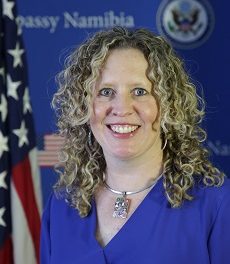
Emerging market currencies now account for a quarter of global forex deals. China makes biggest gains over three years

As the world’s dominant currency, the US dollar maintained its leading role in forex trading last year. The US dollar was one of the currencies in 88% of all forex trades during 2019 according to data collected by LearnBonds.com. Surprisingly, emerging market currencies, collectively accounted for 25% of all forex trades in 2019.
The turnover in the euro, the second most traded currency in the world, slightly increased to 32% as captured in the 2019 Triennial Survey of Forex Exchange.
During 2019, currencies of emerging market economies boosted their share, hitting 25% of total forex trading volume. The figure represents a 4% increase over the three-year survey period, building on a trend seen in previous surveys.
The Japanese yen dropped five percentage points in 2019 to 17% of global forex turnover compared to 2016, but remained the third most traded currency in the world. This fall was primarily caused by a slide in the importance of Japanese yen/US dollar trading amid lower volatility. However, transactions in other leading yen cross trading such as the Australian dollar/yen and the euro/yen increased over the last three years.
Other heavily traded currencies remained unchanged to their 2016 shares. The British pound was the fifth most traded currency in 2019 with a 13% share in global forex turnover, followed by the Australian dollar, Canadian dollar and Swiss franc.
The most traded emerging market currency, the Chinese renminbi remained in the same position as the ninth most traded currency but the total turnover in the Hong Kong dollar nearly doubled over three years. The Indian rupee, Korean won and Indonesian rupiah also moved higher in the global ranking.
US dollar/euro trades account for a quarter of total forex turnover:
The 2019 statistics indicate that trading the US dollar/euro currency pair made 24% or nearly a quarter of total forex volume over the last year.
US dollar/Japanese yen trading dropped by 4.6% over three years to a 13.2% share of global turnover. US dollar/sterling trades remained at a stable level over three years, again adding around 9% to forex turnover in 2019.
The US dollar/emerging market currency pairing racked up the most significant increase since 2016, jumping to a 20.2% share of overall forex trading volume.
The 2019 data shows further that forex trading is still cluster around a few international hubs. The domestic currencies of the US, the UK, Hong Kong, Singapore, and Japan were involved in nearly 80% of all foreign exchange trading in 2019.
The biggest gain was in China which posted a massive 87% jump in forex trading from 2016 to 2019.










































